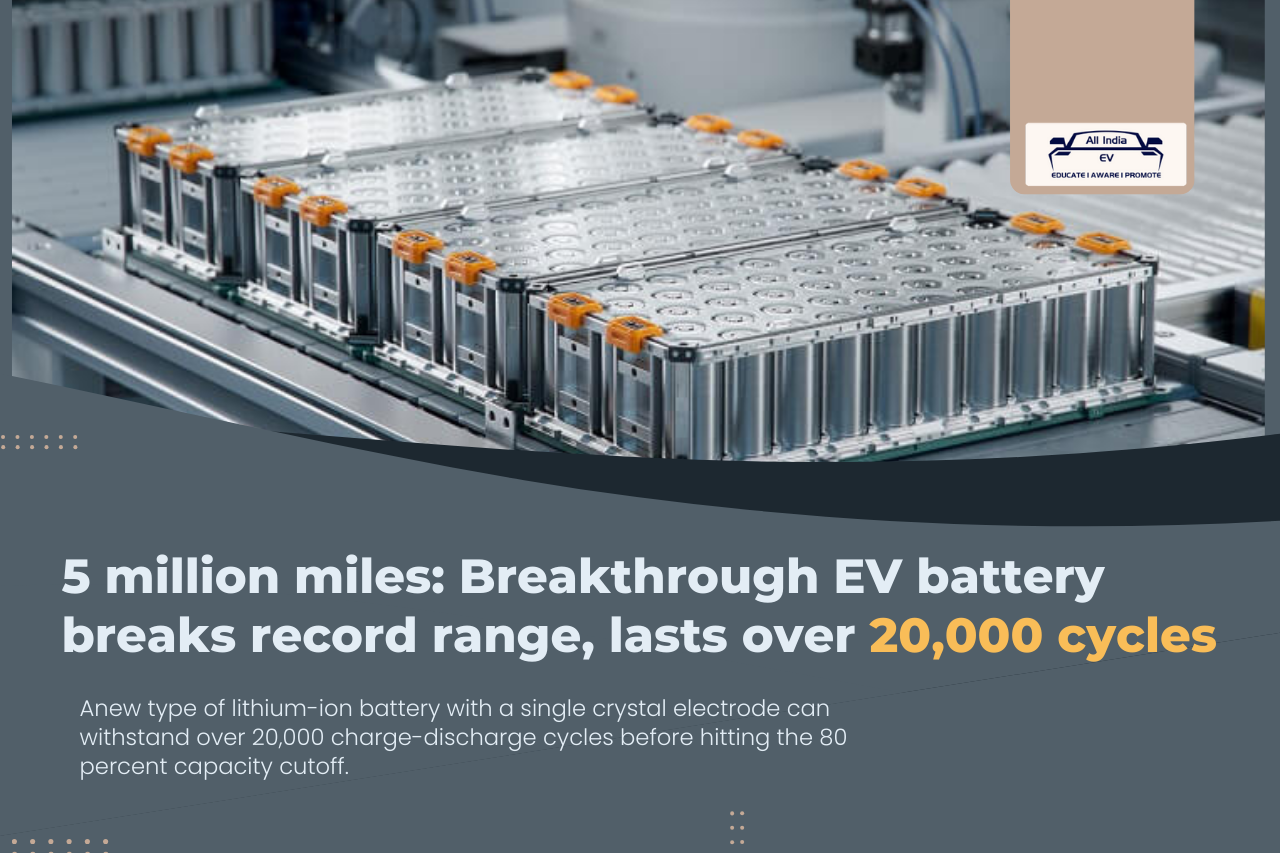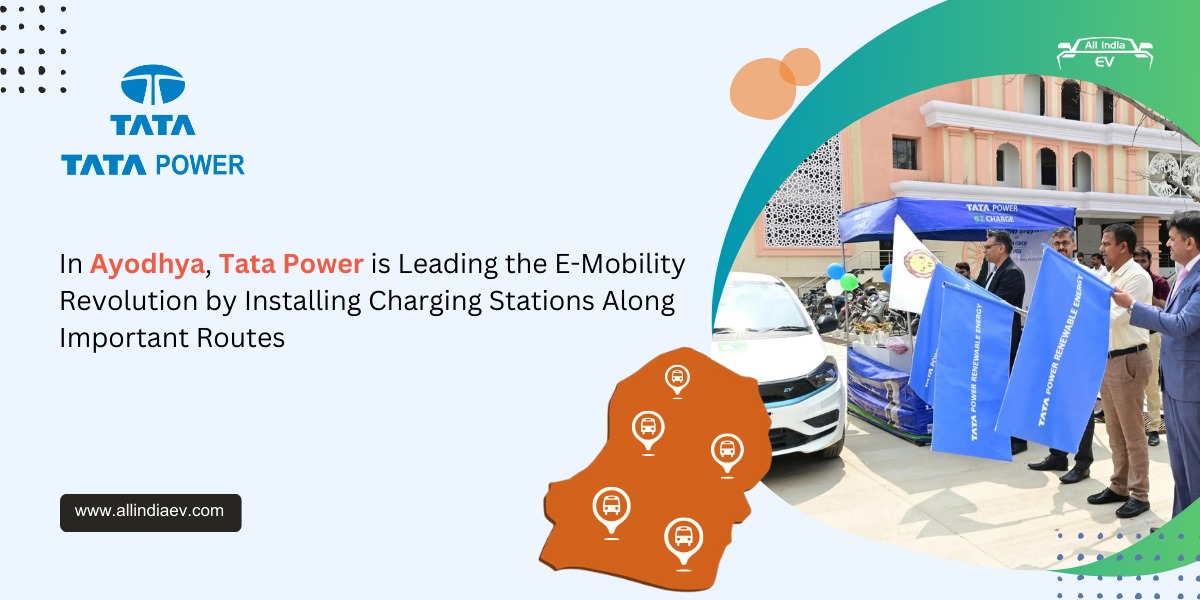
Battery Breakthrough: A Leap Towards Sustainable Electric Vehicles
In a significant breakthrough for the electric vehicle (EV) industry, researchers at Dalhousie University, in collaboration with the Canadian Light Source (CLS), have made significant strides in understanding and improving battery technology. By studying lithium-ion batteries under intense synchrotron light, they have identified key factors that contribute to battery degradation.
The Challenge of Battery Longevity
One of the primary obstacles to widespread EV adoption is the limited lifespan of batteries. While current regulations mandate that batteries retain 80% of their capacity after eight years, industry experts aim to develop batteries that can outlast the vehicles themselves.
A Closer Look at Battery Degradation
The research team at Dalhousie University focused on two types of lithium-ion batteries: a standard battery and a single-crystal battery. Using the powerful synchrotron light at CLS, they were able to observe the microscopic changes within the batteries.
They discovered that in standard batteries, the constant expansion and contraction of the electrode material during charging and discharging cycles leads to the formation of microscopic cracks. Over time, these cracks accumulate, ultimately pulverizing the electrode and reducing the battery’s capacity.
In contrast, the single-crystal battery exhibited remarkable resilience. The researchers found no significant degradation, even after six years of continuous testing. This superior performance is attributed to the unique structure of the single-crystal electrode, which is more resistant to stress and strain.
A Brighter Future for Electric Vehicles
The findings of this research have far-reaching implications for the future of electric vehicles. By understanding the mechanisms of battery degradation, scientists can develop strategies to improve battery lifespan and performance. Additionally, the development of longer-lasting batteries will enable the repurposing of retired EV batteries for energy storage, further contributing to a sustainable energy future.
As battery technology continues to advance, we can expect to see more efficient, longer-lasting, and affordable electric vehicles that will help reduce our reliance on fossil fuels and mitigate climate change.









